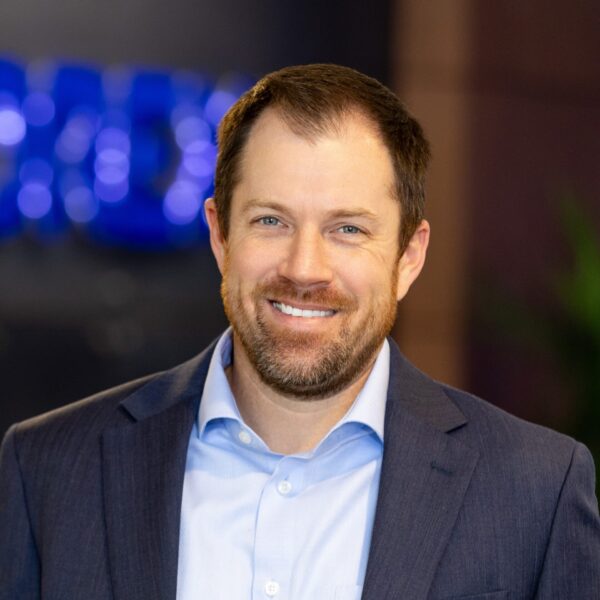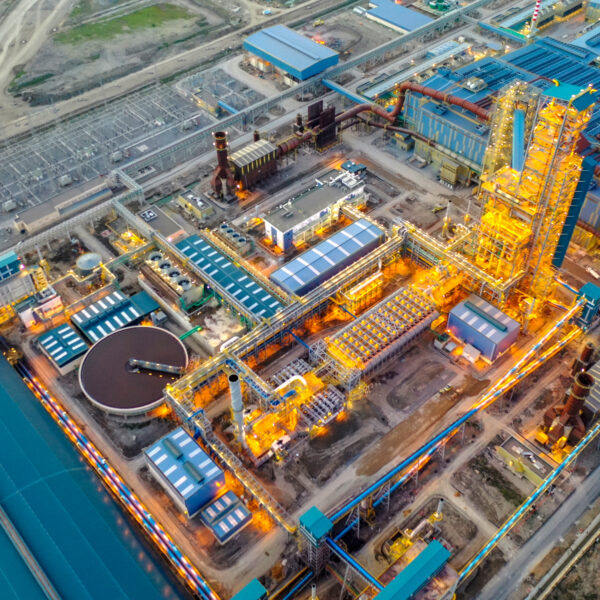55+ Years of Innovation: Midrex’s Journey in Direct Reduction Technology
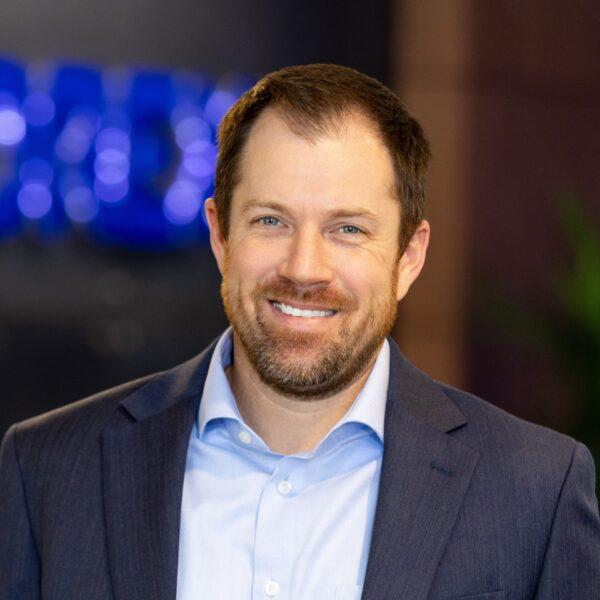
From time to time, I go back through the issues of Direct From Midrex, and I never cease to be amazed by the exploits of those who have devised the process technology, designed the equipment and systems, and operated the plants over the past 55+ years. But alongside these technical achievements stand the equally significant milestones of leading the development of the merchant iron market and creating an appreciation for the intrinsic value of direct reduced iron (DRI).
The very thing that powered the environmental benefits of direct reduction and the MIDREX® Process versus blast furnace ironmaking – the use of natural gas as reductant and fuel – also limited where plants were built to locations that possessed abundant and competitively priced natural gas. As more steelmakers discovered the value of adding DRI to their feed mix, the need arose to ship the material great distances by water. Due to the porous nature of DRI, the hydrogen molecules in water tend to reverse the reduction process, which produces heat that can lead to fires in the cargo holds.
At the time, Midrex was supplying a plant in Emden, West Germany, that used a proprietary coating to protect DRI from oxidation when in contact with water. However, a denser form of DRI was needed to broaden its use beyond electric arc furnaces (EAFs) to blast furnaces (BFs), basic oxygen furnaces (BOFs), and specialty iron and steel production. Midrex responded with hot briquetted iron (HBI). Just as Midrex was not the first developer of a direct reduction process, it improved how HBI was produced and the stability of the product and devoted staff to promoting the idea of merchant iron.
“The only mistake in life is the lesson not learned.”
– Albert Einstein
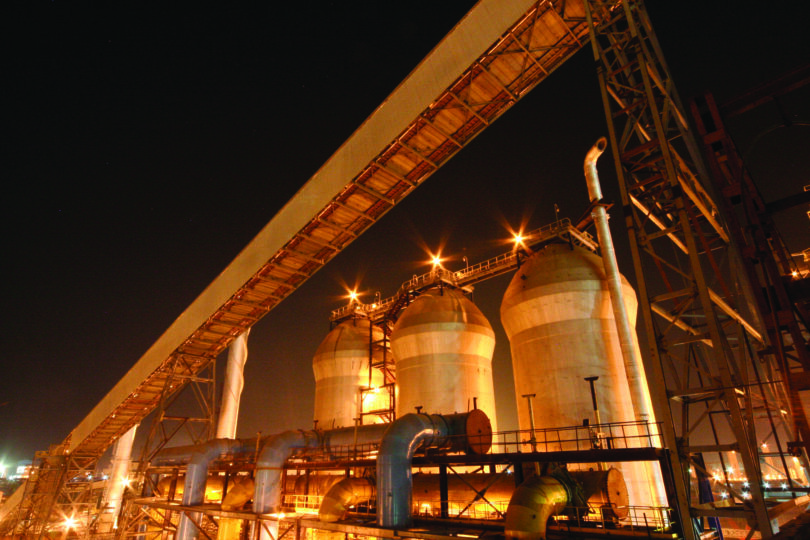
The rise of EAF-based steel production resulted in increased demand for steel scrap. Its dependence on scrap tended to limit the products of the EAF to construction-grade steel and drove up the price of scrap, especially in areas without a well-established supply network. DRI was often used to moderate scrap prices in the US and Europe. Midrex championed the belief that scrap and DRI should be seen as complimentary materials which, when used together, produced steel quality equal to the traditional BF-BOF route. Now, even steel flat products with the strictest specifications can be made in EAFs as long as a low-impurity, virgin metallic such as DRI is used as a part of the feed mix.
Today, steelmakers are facing a different and daunting challenge – to significantly reduce their CO2 emissions. Midrex is applying its extensive research and development capabilities and lessons learned from decades of designing and optimizing direct reduction plants to making low carbon-DRI production a commercial reality.
The fundamentals of hydrogen reduction have been published for more than 70 years, and producing and using a hydrogen-rich syngas to reduce iron oxide has been practiced for well over half a century from small- to industrial-scale. Therefore, going from natural gas-based direct reduction to hydrogen-based is evolutionary not revolutionary. The main difference is that the reduction of iron oxide by hydrogen is endothermic (absorption of heat) rather than exothermic (release of heat) when carbon monoxide is included in the reducing gas.
“Anyone who has never made a mistake has never tried anything new.”
– Albert Einstein
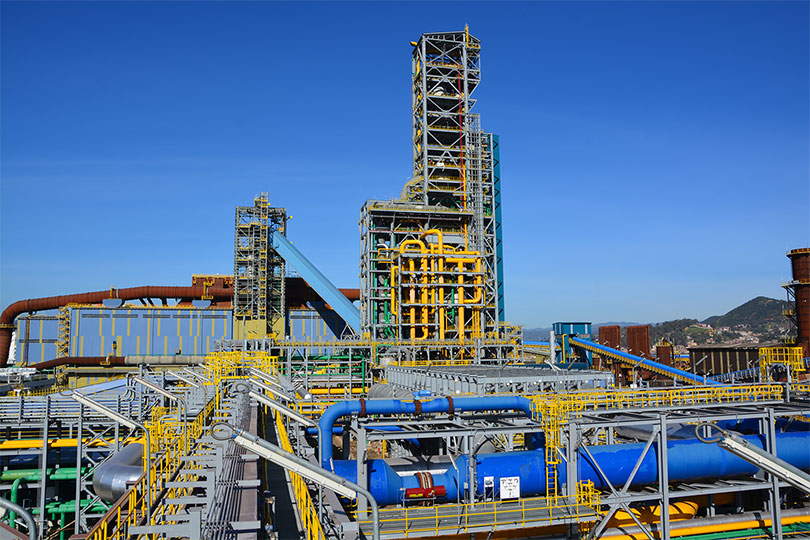
Through a combination of process modeling with our proprietary furnace modeling and CFD software, innovation engineering-driven designs, and in-house laboratory testing Midrex now offers full-scale commercial plants that operate on up to 100% hydrogen (MIDREX H2™), as well as natural gas-based plants that can be transitioned to hydrogen operation at the owner’s discretion (MIDREX Flex®).
As in all operational MIDREX Plants worldwide, assuring the safety and security of personnel and equipment is paramount; therefore, hydrogen safety is the first priority.
Throughout its history, Midrex has been committed to four guiding principles:
- Improvements and innovations must be relevant to customer wants and needs
- Designs must be reliable, in step with technology, and easily serviceable
- Interactive information exchange must be maintained with customers
- Teammates and customers must be empowered to take ownership and responsibility.
This issue of Direct From Midrex features articles about the successful journey of Algerian Qatari Steel (AQS) along the DRI-EAF learning curve and test work at the Midrex Research & Technology Development Center to better understand the mechanical properties of DRI produced with natural gas and with hydrogen. News & Views reports on recent happenings in the global DRI industry and recognizes MIDREX Plants with significant 3Q anniversaries.
